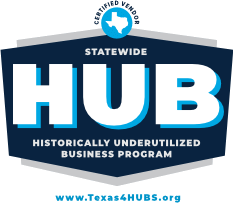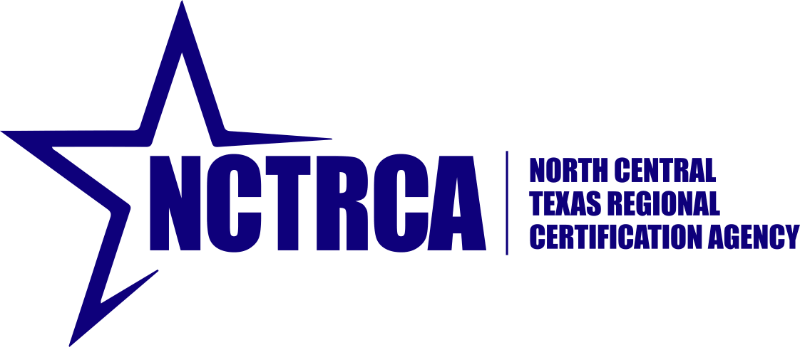TL;DR; Your neurodivergent perspective isn’t just valuable for your own leadership—it’s the key to building teams where every member’s unique cognitive strengths can flourish. ADHD leaders naturally create environments that welcome diverse thinking, challenge assumptions, and generate breakthrough innovations. The secret is understanding how to leverage your natural inclusivity while building the psychological safety that enables all brain types to contribute their best work.
“I think I’m accidentally building the best team I’ve ever led,” Maria said during our coaching session. She was an engineering director I’d been working with for six months, someone who’d initially struggled with traditional team-building approaches that felt forced and artificial to her ADHD brain.
“What’s happening that feels different for you?” I asked.
“Well, I stopped trying to run meetings like everyone else does. I let people move around, I encourage tangential thinking, and I actually celebrate when someone challenges my ideas. My team started calling it ‘productive chaos,’ but the results are incredible.”
She paused, looking genuinely surprised by her own success. “Three of my team members have told me this is the first time they’ve felt completely free to think out loud at work. One of them said she thinks she might have ADHD too, and another mentioned he’s autistic but never felt safe sharing that before.”
“What do you think is creating that safety?” I asked.
“I think it’s because I’m not pretending to be someone I’m not. When I tried to lead like everyone else, I was performing neurotypical leadership. But when I lead from my actual strengths—the pattern recognition, the comfort with chaos, the questioning everything—something shifts. People see that different thinking is not just tolerated but valued.”
This conversation captures something profound about neurodivergent leadership that I’ve observed repeatedly in my coaching practice: ADHD executives often create the most innovative, psychologically safe, and inclusive team environments, not in spite of their neurodivergent traits, but because of them.
What would be possible if you understood that your ADHD perspective is exactly what teams need to unlock their collective potential?
The Natural Inclusivity of ADHD Leadership
When we create space for your authentic neurodivergent leadership style to emerge, something remarkable happens to team dynamics. The traits that might have made you feel different throughout your career often become the very qualities that help others feel welcomed and valued.
Your Comfort with Different Thinking Styles
Because you’ve lived with a brain that works differently, you have an intuitive understanding of cognitive diversity that many neurotypical leaders lack. You don’t expect everyone to think the same way because you’ve never thought the way “everyone” expects.
One executive I work with described it perfectly: “I’ve spent my whole life being the person who sees things differently, so when someone on my team approaches a problem in an unexpected way, my first thought isn’t ‘that’s wrong’—it’s ‘that’s interesting.’ I want to understand their perspective.”
This natural curiosity about different thinking styles creates what researchers call psychological safety—the belief that team members can take interpersonal risks without fear of negative consequences. Google’s Project Aristotle found that psychological safety was the most important factor in team effectiveness, and ADHD leaders often create this environment instinctively.
Your Authentic Vulnerability Models Permission
Your willingness to be authentically yourself, including acknowledging when you need help or when you don’t know something, gives your team members permission to be equally real. When you openly discuss your ADHD challenges and strengths, you signal that the team is a place where people can bring their whole selves to work.
I’m curious about your own experience. When have you found that sharing your authentic challenges actually strengthened your relationship with your team rather than undermining your authority?
Amy Edmondson’s research on psychological safety emphasizes that leaders must model vulnerability and curiosity to create environments where teams can learn and innovate. Your ADHD brain’s natural tendency toward authentic communication often embodies these principles without conscious effort.
Your Pattern Recognition Sees Individual Strengths
Your ability to see connections and patterns extends to recognizing the unique strengths each team member brings. While traditional leaders might focus on standardizing performance, you’re more likely to notice the different ways people contribute value.
“I realized I was assigning projects based on people’s hidden talents, not just their job descriptions,” one client shared. “My detail-oriented developer loves system architecture, my big-picture thinker excels at stakeholder communication, and my quiet analyzer generates the most innovative solutions when given thinking time. I was matching people to work that energized them without even realizing it.”
This natural talent recognition creates what researchers call “inclusive leadership”—leadership that enables team members to feel both a sense of belonging and permission to be their unique selves.
Building Psychological Safety Through Neurodivergent Leadership
The foundation of high-performing teams is psychological safety, and your ADHD traits often create this environment in ways that traditional leadership approaches struggle to achieve.
Normalizing Mistakes and Learning
Your comfort with trial-and-error thinking and your ability to bounce back from setbacks creates team cultures where experimentation is encouraged rather than feared. When you model that mistakes are learning opportunities rather than failures, your team members become more willing to take the creative risks that drive innovation.
Research shows that teams with high psychological safety demonstrate 67% more learning behaviors and 76% more engagement in improvement efforts. Your natural resilience and growth mindset often foster exactly these conditions.
One technology director I coach told me, “I realized I was creating psychological safety by accident. When something goes wrong, my first response is usually ‘interesting—what can we learn from this?’ rather than ‘who’s responsible?’ My team started taking bigger creative risks because they knew failure was a learning opportunity, not a career ender.”
Creating Space for Different Processing Styles
Your understanding of different attention and processing patterns helps you design team interactions that work for various brain types. You might naturally incorporate movement breaks, thinking time, visual aids, and multiple ways to contribute to discussions.
“I thought I was just accommodating my own ADHD needs,” another client reflected, “but when I started offering options like ‘take a walk to think about this’ or ‘we can discuss this now or you can send me your thoughts later,’ my whole team became more engaged. It turns out several people process better with different approaches.”
Research from Deloitte shows that teams with neurodivergent professionals can be 30% more productive than those without them, largely because the accommodations that support neurodivergent thinking often enhance everyone’s performance.
Encouraging Diverse Contributions
Your tendency to value substance over style means team members who might not shine in traditional presentation formats can contribute their ideas in ways that feel authentic to them. You’re more likely to recognize that the quiet person with brilliant insights needs different opportunities to share than the natural presenter.
When we create space for diverse contribution styles, team innovation flourishes. Research on neurodiversity and innovation shows that cognitively diverse teams solve problems up to three times faster than homogenous teams.
Leveraging Your Natural Team-Building Strengths
Understanding how your ADHD traits translate into team leadership advantages helps you build on what you naturally do well while addressing areas where additional structure might enhance your effectiveness.
Your Energy Creates Engagement
The enthusiasm and energy that characterize many ADHD leaders can be contagious in team settings. When you’re genuinely excited about projects and possibilities, that energy often spreads throughout the team, creating engagement and motivation that goes beyond external incentives.
“My team says I make everything feel possible,” one client shared. “Even when we’re facing challenges, my natural optimism and ‘let’s figure this out’ attitude keeps everyone motivated. I used to think my high energy was too much, but now I realize it’s one of my leadership superpowers.”
What I’ve discovered in my coaching practice is that this energy becomes most powerful when it’s channeled strategically. Your natural enthusiasm combined with clear organizational systems creates teams that are both inspired and effective.
Your Comfort with Ambiguity Enables Innovation
Many ADHD leaders thrive in environments where the path forward isn’t completely clear, and this comfort with uncertainty can be invaluable for teams working on complex or innovative projects. Your ability to move forward without perfect information models adaptive thinking for your team.
Research on team innovation shows that tolerance for ambiguity is a key factor in creative problem-solving. Teams led by leaders who can navigate uncertainty while maintaining forward momentum consistently outperform those that get paralyzed by incomplete information.
Your Questioning Style Deepens Thinking
Your natural tendency to ask “what if” and “why not” questions creates team cultures where assumptions are regularly examined and new possibilities are explored. This questioning approach, when done with genuine curiosity rather than criticism, elevates the quality of team thinking and decision-making.
Harvard Business School professor Amy Edmondson emphasizes that leaders who ask thought-provoking questions give employees implicit credibility while demanding high-quality thinking. Your ADHD brain’s natural questioning patterns often embody this principle perfectly.
I invite you to consider: How might your tendency to question and explore become a systematic team development tool rather than just a personal thinking style?
Creating Structure That Supports Neurodivergent Team Success
While your natural inclusive tendencies create psychological safety, combining them with intentional structure amplifies their effectiveness and ensures that diverse team members can consistently contribute their best work.
Designing Inclusive Team Processes
Your understanding of different processing needs can inform how you design team meetings, decision-making processes, and collaboration approaches. This might mean providing agendas in advance for people who need preparation time, offering multiple ways to contribute ideas, or building in processing breaks during long discussions.
One client created what she calls “brain-friendly meetings” that include visual aids, movement options, varied discussion formats, and clear next steps. “I thought I was just accommodating my ADHD,” she said, “but my whole team became more engaged and productive.”
Building on Individual Strengths
Your pattern recognition abilities can help you identify not just what each team member does well, but how their cognitive style contributes to team success. This might mean pairing detail-oriented team members with big-picture thinkers, or ensuring that both quiet processors and verbal processors have opportunities to influence decisions.
Research shows that teams perform best when individual strengths are recognized and leveraged rather than when everyone is expected to contribute in identical ways. Your neurodivergent perspective often enables this individualized approach naturally.
Creating Communication Systems That Work
Your experience with needing different communication approaches can inform how your team shares information, provides feedback, and stays connected. This might include multiple communication channels, regular check-ins that accommodate different styles, and clear protocols that reduce ambiguity.
“I realized that the communication systems I needed for my ADHD actually worked better for everyone,” one executive shared. “Clear written follow-ups, visual project tracking, and regular one-on-ones gave the whole team better clarity and connection.”
Managing the Challenges of Neurodivergent Team Leadership
While your ADHD traits often create advantages in team leadership, being intentional about potential challenges helps you maximize your effectiveness while supporting your team’s success.
Balancing Energy and Sustainability
Your high energy and enthusiasm, while generally positive for team morale, need to be sustainable over time. Understanding your own energy patterns and building in recovery time helps ensure that your leadership remains consistent and supportive rather than becoming overwhelming.
Your work-life integration strategies become even more important when your energy impacts not just your own performance but your team’s experience. What I’ve found with ADHD executives is that sustainable high performance requires more intentional energy management than many realize.
Managing Attention Distribution
Your ability to hyperfocus can be invaluable for team projects, but it can also create challenges if team members need your attention while you’re deeply engaged in other work. Building awareness of your attention patterns and creating systems that ensure team members can reach you when needed helps balance focus with accessibility.
One solution that works well for many ADHD leaders is establishing “focus time” and “available time” schedules that let team members know when they can expect immediate responses versus when they should expect delayed replies.
Communicating Across Different Styles
Your direct, energetic communication style often works well with some team members while potentially overwhelming others. Developing awareness of how different personality types and neurodivergent profiles receive communication helps you adapt your style to support each team member’s success.
This doesn’t mean changing who you are—it means becoming more strategic about how you express your authentic self to maximize positive impact across different team members.
Building Teams That Amplify Neurodivergent Strengths
The most effective neurodivergent team leaders don’t just create inclusive environments—they strategically build teams that amplify the unique advantages that cognitive diversity provides.
Recruiting for Cognitive Diversity
Your understanding of how different thinking styles contribute to team success can inform how you build and develop your team. This might mean specifically looking for team members with complementary cognitive strengths, or ensuring that your hiring processes don’t inadvertently screen out neurodivergent candidates.
Research on neurodiversity as a competitive advantage shows that companies like SAP, Microsoft, and JPMorgan Chase have seen significant productivity and innovation gains by intentionally recruiting neurodivergent talent.
Creating Psychological Safety for All Brain Types
While you might naturally create psychological safety through your authentic, accepting leadership style, being intentional about this process ensures that team members with different needs all feel equally supported. This might include explicit conversations about team norms, regular check-ins about team dynamics, and proactive support for team members who might need different types of encouragement.
Research shows that psychological safety affects different personality types and neurodivergent profiles in varying ways. Understanding these differences helps you create environments where everyone can contribute their best thinking.
Developing Team Members’ Unique Capabilities
Your ability to see individual strengths can translate into personalized development approaches that help each team member grow in ways that align with their natural capabilities. This might mean offering different types of stretch assignments, providing varied learning opportunities, or connecting team members with mentors who share similar cognitive styles.
What would be possible if your team development approach was as individualized as your leadership style?
Advanced Strategies for Neurodivergent Team Excellence
As your comfort and skill with neurodivergent team leadership grows, more sophisticated approaches become possible that can transform not just your team’s performance but their experience of work itself.
Creating Innovation Ecosystems
Your comfort with different thinking styles and tolerance for productive chaos can enable you to create team environments where breakthrough thinking happens regularly rather than accidentally. This might involve designing brainstorming processes that accommodate different cognitive styles, creating safe spaces for wild ideas, or establishing protocols that help teams build on diverse perspectives rather than defaulting to conventional thinking.
Research from academic studies shows that neurodiversity produces more innovative and diverse solutions to complex problems. Teams that include both neurotypical and neurodivergent members consistently outperform homogenous groups on creative challenges.
Building Adaptive Team Capabilities
Your natural adaptability and comfort with change can help you build teams that thrive in uncertain environments rather than just surviving them. This might mean developing team members’ comfort with ambiguity, creating rapid learning cycles, or establishing communication systems that help teams pivot quickly when circumstances change.
Scaling Neurodivergent Leadership Approaches
As you advance in your career, your neurodivergent team leadership approach can influence broader organizational culture. This might involve mentoring other leaders in inclusive approaches, contributing to organizational policies that support neurodiversity, or demonstrating how neurodivergent leadership styles contribute to business results.
Understanding how your approach creates neuroinclusive cultures positions you to contribute to organizational transformation that extends far beyond your immediate team.
Neurodivergent Team Assessment Framework
Understanding your current team dynamics and identifying opportunities for leveraging diverse cognitive strengths helps you build systematically on what’s already working while addressing areas where additional support might enhance team effectiveness.
Team Cognitive Diversity Evaluation
Current Team Composition Assessment
Evaluate the cognitive diversity currently present in your team, including known neurodivergent members, different thinking styles, varied processing preferences, and complementary problem-solving approaches. This assessment helps you understand what cognitive strengths are already available and where additional diversity might enhance team capabilities.
Consider not just diagnosed neurodivergent conditions, but also the broader spectrum of thinking styles, learning preferences, and problem-solving approaches represented in your team. Often, cognitive diversity exists even when it hasn’t been formally identified or discussed.
Team Psychological Safety Measurement
Assess how psychologically safe your team currently feels across different types of contributions and risk-taking behaviors. This might include comfort with sharing unconventional ideas, willingness to admit mistakes or knowledge gaps, and confidence in challenging existing approaches or assumptions.
Research shows that psychological safety manifests differently for different personality types and neurodivergent profiles. Understanding these variations helps ensure that your inclusive leadership approach supports all team members effectively.
Innovation and Problem-Solving Patterns
Evaluate how your team currently approaches complex challenges, generates new ideas, and implements solutions. Look for patterns in whose ideas get heard, how different perspectives are integrated, and whether the team leverages the full range of cognitive capabilities available.
This assessment often reveals opportunities to better utilize existing team strengths while identifying areas where additional cognitive diversity might enhance performance.
Communication and Collaboration Effectiveness
Assess how well your current team communication systems work for different cognitive styles and processing preferences. This includes meeting formats, decision-making processes, feedback mechanisms, and informal collaboration patterns.
Understanding these patterns helps you optimize team processes to support neurodivergent success while enhancing overall team effectiveness.
Development Opportunity Identification
Based on your assessment, identify specific opportunities to enhance your team’s cognitive diversity, psychological safety, innovation capabilities, and inclusive collaboration approaches. This framework helps you prioritize development activities that will have the greatest positive impact on team performance and member satisfaction.
The goal isn’t to change your fundamental leadership style, but to become more strategic about leveraging your natural neurodivergent advantages while building systems that amplify their positive impact on team success.
Building teams through a neurodivergent leadership lens isn’t about managing diversity as an add-on to traditional leadership—it’s about recognizing that your ADHD perspective enables you to create team environments where cognitive diversity becomes a competitive advantage rather than a challenge to manage.
The research is clear: teams that leverage neurodiversity consistently outperform homogenous groups on innovation, problem-solving, and adaptability. What many organizations miss is that neurodivergent leaders often create these high-performing environments naturally when they’re supported to lead from their authentic strengths.
Your role isn’t to become a different kind of leader—it’s to become more intentional about the inclusive, innovative, psychologically safe team environments you’re already inclined to create. Your complete leadership development includes understanding how your neurodivergent traits become team assets when leveraged strategically.
The teams that thrive under neurodivergent leadership aren’t just more inclusive—they’re more innovative, more adaptable, and more engaged because they operate in environments where different thinking is valued, diverse contributions are welcomed, and every team member’s unique cognitive strengths are recognized and developed.
What would be possible if you approached team building not as a challenge to manage despite your ADHD, but as an opportunity to leverage exactly the kind of inclusive, innovative leadership our rapidly changing world needs?
Frequently Asked Questions
How can ADHD executives create psychologically safe environments for neurodivergent team members?
In my coaching experience, ADHD leaders often create psychological safety naturally through their authenticity and acceptance of different thinking styles. The key is being intentional about it. Share your own challenges and growth areas openly, celebrate different approaches to problem-solving, and respond to mistakes with curiosity rather than criticism. I’ve watched clients transform team dynamics simply by saying things like “That’s an interesting perspective—tell me more about how you’re thinking about this” instead of immediately evaluating ideas. When you model that different doesn’t mean wrong, team members feel safe bringing their whole selves to work.
What are the unique advantages ADHD leaders bring to team building and management?
Your natural comfort with chaos and change helps teams adapt quickly to new circumstances. Your pattern recognition abilities help you see individual strengths that others might miss. Your authentic communication style models vulnerability, which creates deeper trust. Most importantly, because you’ve lived with a brain that works differently, you intuitively understand and value cognitive diversity in ways that many leaders struggle to develop. I’ve seen ADHD executives build the most innovative, engaged teams because they create environments where different thinking is seen as an asset rather than something to be managed.
How do I handle team dynamics when some members don't understand neurodivergent perspectives?
Start with education and modeling rather than confrontation. Share information about different thinking styles in the context of team effectiveness rather than making it about specific individuals. Focus on behaviors and contributions rather than diagnoses. When someone dismisses a neurodivergent perspective, redirect to the value of the idea: “Let’s explore that approach—different perspectives often lead to breakthrough solutions.” I’ve found that when you consistently demonstrate the value of cognitive diversity through results, resistance usually transforms into appreciation.
What specific strategies work best for leading teams that include both neurotypical and neurodivergent members?
Create multiple ways for people to contribute—some team members thrive in verbal brainstorming while others need quiet thinking time. Provide clear structures and expectations while maintaining flexibility in how people meet them. Use visual aids, written follow-ups, and varied meeting formats. Most importantly, match people to work that energizes them rather than forcing everyone into identical approaches. The goal is creating an environment where both neurotypical and neurodivergent team members can leverage their natural strengths rather than trying to compensate for their differences.
Ready to discover how your neurodivergent perspective can transform your team leadership? The executives I work with often find that their biggest team breakthroughs happen when they stop trying to lead like everyone else and start leveraging their natural ADHD advantages. I invite you to explore how coaching can help you build on your inclusive instincts while developing the systems and strategies that amplify your team’s collective potential.
Schedule a discovery conversation to explore how your ADHD traits can become your greatest team leadership assets.
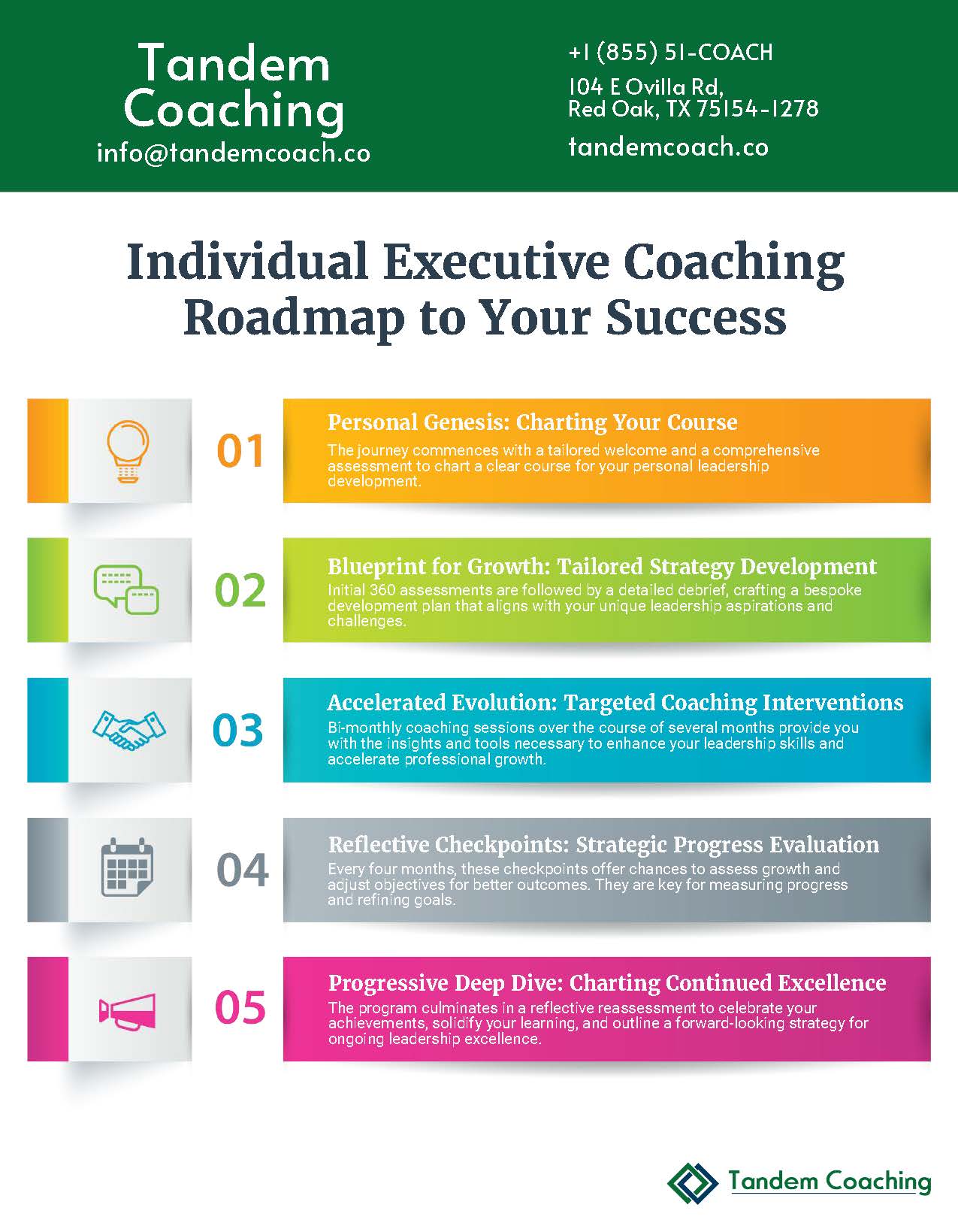

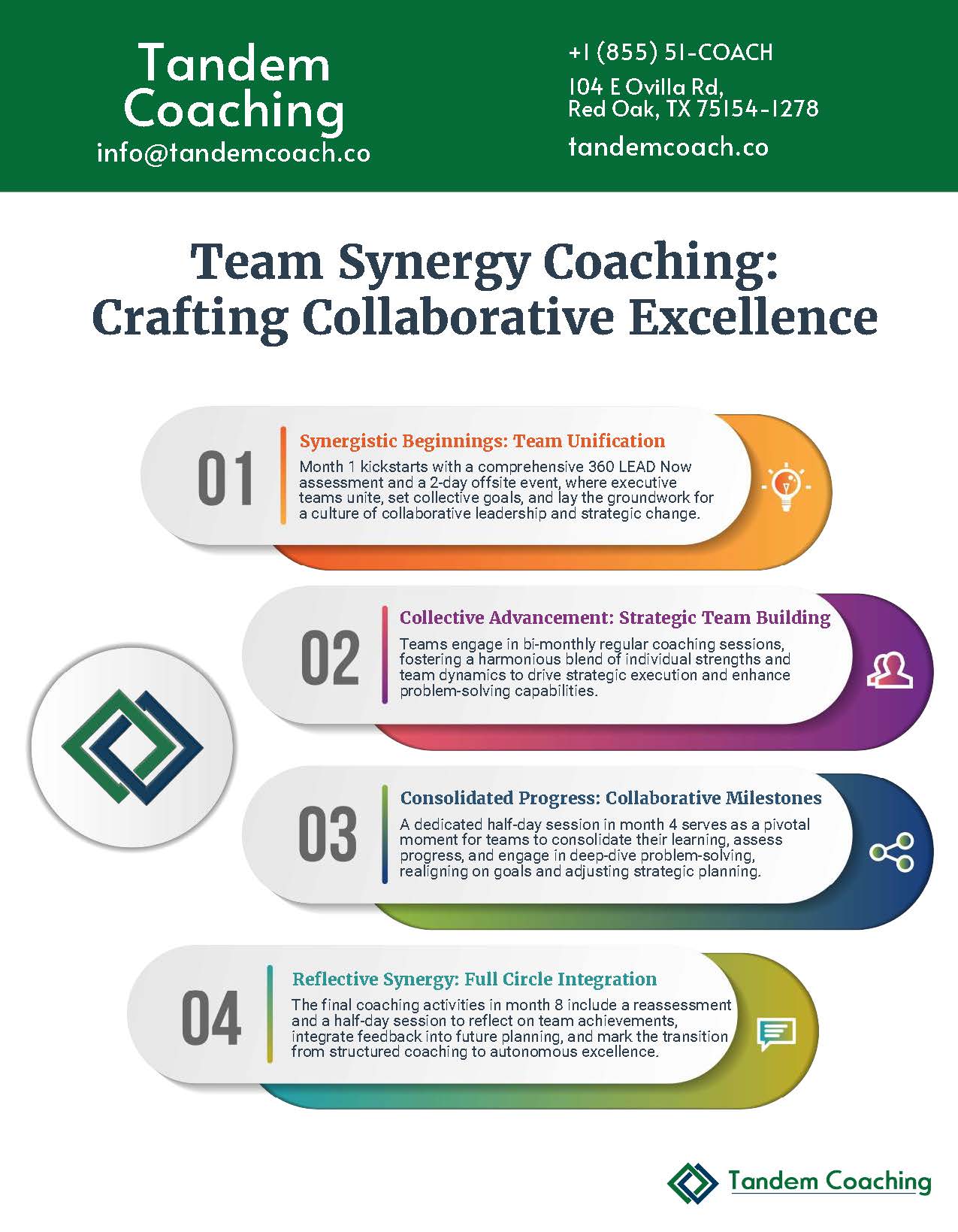
Boost Your Leadership Team Success!
Take your leadership team to the next level and achieve great results with our executive coaching.
Learn how our coaching and ASPIRE method can change things for you—get a free brochure to begin your journey.
About the Author
Cherie Silas, MCC
She has over 20 years of experience as a corporate leader and uses that background to partner with business executives and their leadership teams to identify and solve their most challenging people, process, and business problems in measurable ways.







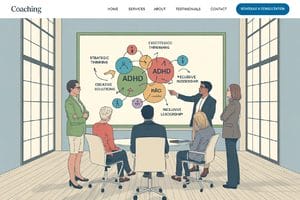
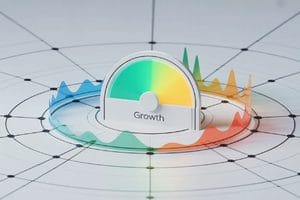
![[FREE] ICF Exam Sample Question: Study Tips Included](https://cdn.tandemcoach.co/wp-content/uploads/2024/12/FREE-ICF-Exam-Sample-Question-Study-Tips-Included-300x200.jpg)



